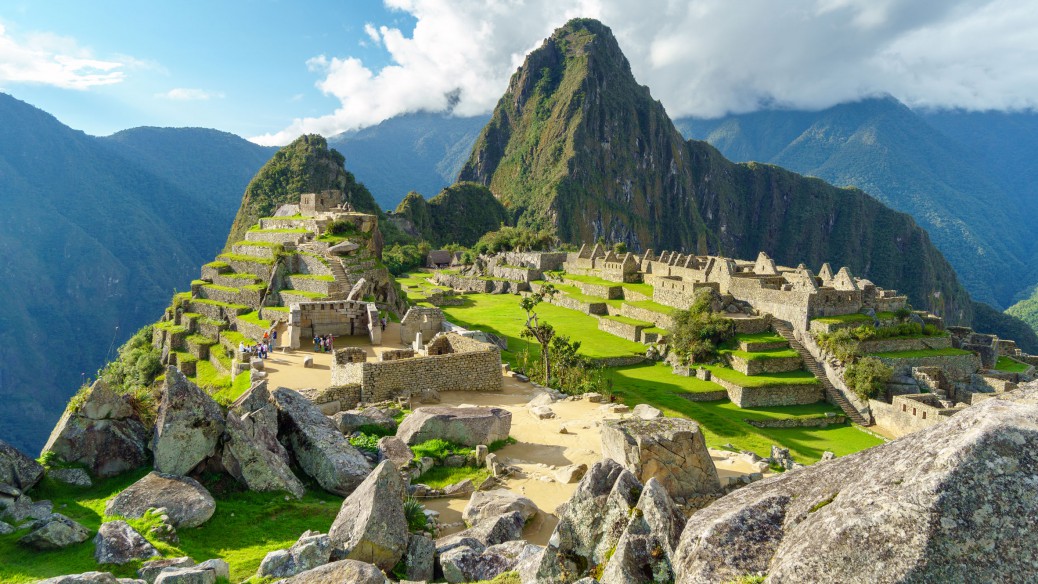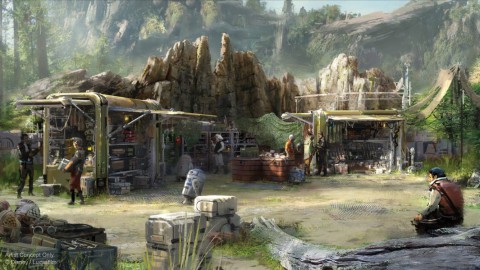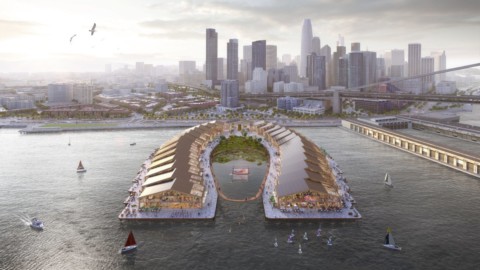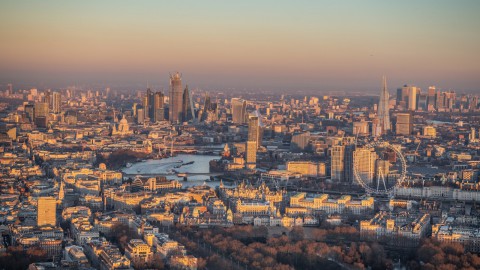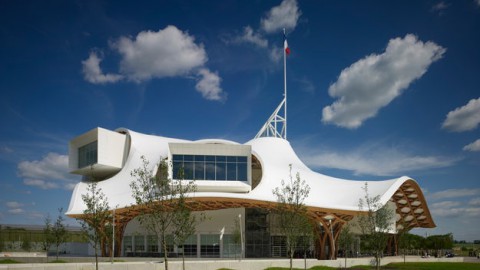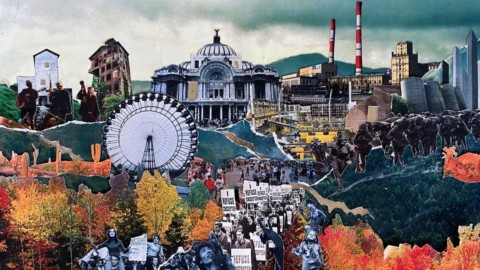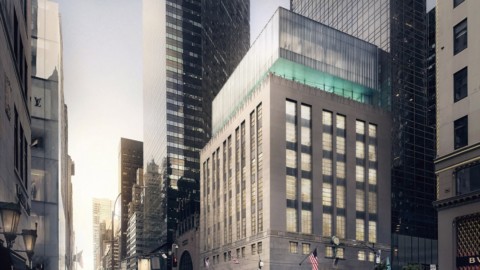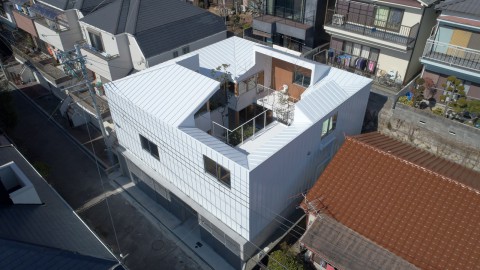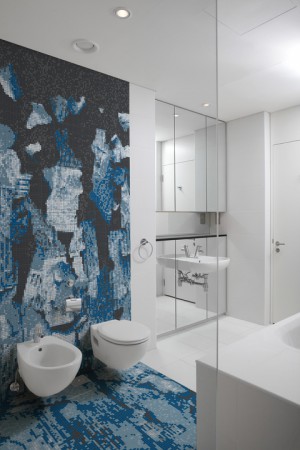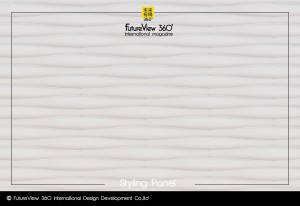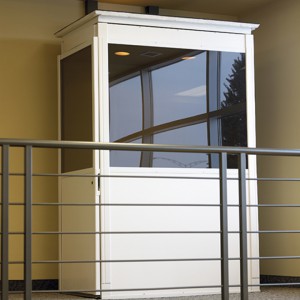A controversial new airport is not the biggest threat to Peru’s Sacred Valley, home to Machu Picchu, says Peruvian architect Jean Pierre Crousse.
Construction of Chinchero Airport started two weeks ago on a site overlooking the historic Sacred Valley of the Incas, sparking protests from conservationists.
But Crousse, co-founder of Lima firm Barclay & Crousse, told Dezeen that the damage is already done and protesters are too late.
“The recent movement against the construction of the airport has valid arguments in abstract terms, but it comes at least four years too late, when the process is practically irreversible,” he explained.
秘魯建築師讓·皮埃爾·克魯斯(Jean Pierre Crousse)表示,一個備受爭議的新機場並不是秘魯聖谷的最大威脅,這裡是馬丘比丘的所在地。
兩週前,Chinchero機場的建設開始在一個俯瞰歷史悠久的印加聖谷的地方,引發了環保人士的抗議。
但利馬公司Barclay&Crousse的聯合創始人Crousse告訴Dezeen,損害已經完成,抗議者為時已晚。
“最近反對機場建設的運動有抽象的有效論據,但至少四年來,這個過程實際上是不可逆轉的,”他解釋道。
“Absence of a holistic vision is far more harmful”
“缺乏整體願景更有害”
Crousse claims that the UNESCO World Heritage Site – a masterpiece of the Inca Empire, built in the 15th century – has already been reduced to nothing more than a tourist spectacle. He said that a new airport is the least of his worries.
“The museumification process of a living cultural landscape and the consequences of the loss of ancestral knowledge in managing water, agriculture, sustainable production and occupation of the land, as a consequence of profit-guided, short-term decisions, as well as the absence of a holistic vision, is far more harmful than the airport alone, which is only a logic outcome of this misunderstanding,” he said.
Chinchero Airport is being built between Cusco town and Incan citadel Machu Picchu. First proposed by the government in the 1970s, it will expand Peru’s current facility at Cusco into an international transport hub.
The airport will offer direct flights from many major cities, increasing the number of international visitors from five to eight million per year.
Crousse聲稱,聯合國教科文組織世界遺產 – 建於15世紀的印加帝國的傑作 – 已經被簡化為旅遊景觀。他說,新機場是他最不擔心的問題。
“由於以利潤為導向的短期決策以及缺席,生態文化景觀的博物館化過程以及祖先知識在管理水,農業,可持續生產和土地佔用方面喪失的後果他說,一個整體願景,遠比單獨的機場更有害,這只是這種誤解的邏輯結果。
Chinchero機場正在庫斯科鎮和印加城堡馬丘比丘之間建造。政府在20世紀70年代首次提出,它將把秘魯目前在庫斯科的設施擴展為國際交通樞紐。
機場將提供來自許多主要城市的直飛航班,每年將國際遊客數量從五百萬增加到八百萬。
Opportunity for “harmonious and sustainable” approach
“和諧和可持續”方法的機會
Crousse sees the project, not as a problem, but as an opportunity for the government to take greater steps to preserve the important cultural site.
“I think we must demand the government to take serious actions not only to minimise the negative effects the airport will certainly bring, but to rethink the way we envision the so-called development,” he told .
Crousse認為該項目不是問題,而是政府採取更多措施保護重要文化遺址的機會。
他說:“我認為我們必須要求政府採取認真行動,不僅要盡量減少機場必然帶來的負面影響,還要重新思考我們設想所謂發展的方式。”
“The airport controversy opens up a great opportunity to figure out how can we continue to transform the landscape in a harmonious and sustainable way, because it will not be the last threat to this land,” he added.
The architect wants the government to do more to mitigate the effects of tourists in and around the Sacred Valley, but also to pay greater attention to the impact of all large-scale development in the region.
Government can minimise negative impacts
政府可以減少負面影響
“The concerns about building modern infrastructure in an ancestral cultural landscape, characterised by an extensive ancient occupation of the land, are not only circumscribed to this airport, but many other large-scale projects like hydroelectric plants, mining, routes, etc,” he said.
“The environmental threats to an incredibly rich cultural and historical landscape as the Peruvian Andes are multiple, and a holistic approach is essential to minimise negative impacts of these otherwise needed development projects,” he continued.
“Unfortunately this is not the case for the airport nor for so many other planned and executed projects in Peru.”
Crousse runs the architecture firm Barclay & Crousse with partner Sandra Barclay. The pair, who are both Peruvian natives, set up their studio in Paris in 1996, before relocating to Lima in 2006.
The duo’s projects include the “deceptively simple” Edificio E university building in rural northern Peru, which was awarded the Mies Crown Hall Americas Prize last year. They also designed the clifftop Casa C3 and an archaeology museum.
“關於在祖傳文化景觀中建設現代基礎設施的擔憂,其特點是廣泛的古代佔領土地,不僅限於這個機場,而且還包括水電站,採礦,路線等許多其他大型項目,”他說過。
“對秘魯安第斯山脈的文化和歷史景觀的環境威脅是多重的,整體方法對於盡量減少這些其他需要的開發項目的負面影響至關重要,”他繼續說道。
“不幸的是,這不是機場的情況,也不是秘魯其他許多計劃和執行的項目。”
Crousse與合作夥伴Sandra Barclay一起經營建築公司Barclay&Crousse。兩人都是秘魯人,他們於1996年在巴黎成立了自己的工作室,然後於2006年搬遷到利馬。
該二重奏組的項目包括位於秘魯北部鄉村的“看似簡單”的Edificio E大學建築,去年被授予美國密斯皇冠大廳獎。他們還設計了懸崖式Casa C3和考古博物館。
Petition has 50,000 signatures
請願書有50,000個簽名
The online petition against Chinchero Airport was started by Peruvian art historian Natalia Majluf. She claims the transport hub “endangers the conservation of one of the most important historical and archaeological sites in the world”.
At the time of publishing, the petition had over 50,000 signatories.
針對Chinchero機場的在線請願書由秘魯藝術史學家Natalia Majluf創辦。 她聲稱交通樞紐“危及世界上最重要的歷史和考古遺址之一的保護”。
在出版時,請願書有超過50,000個簽署者。

